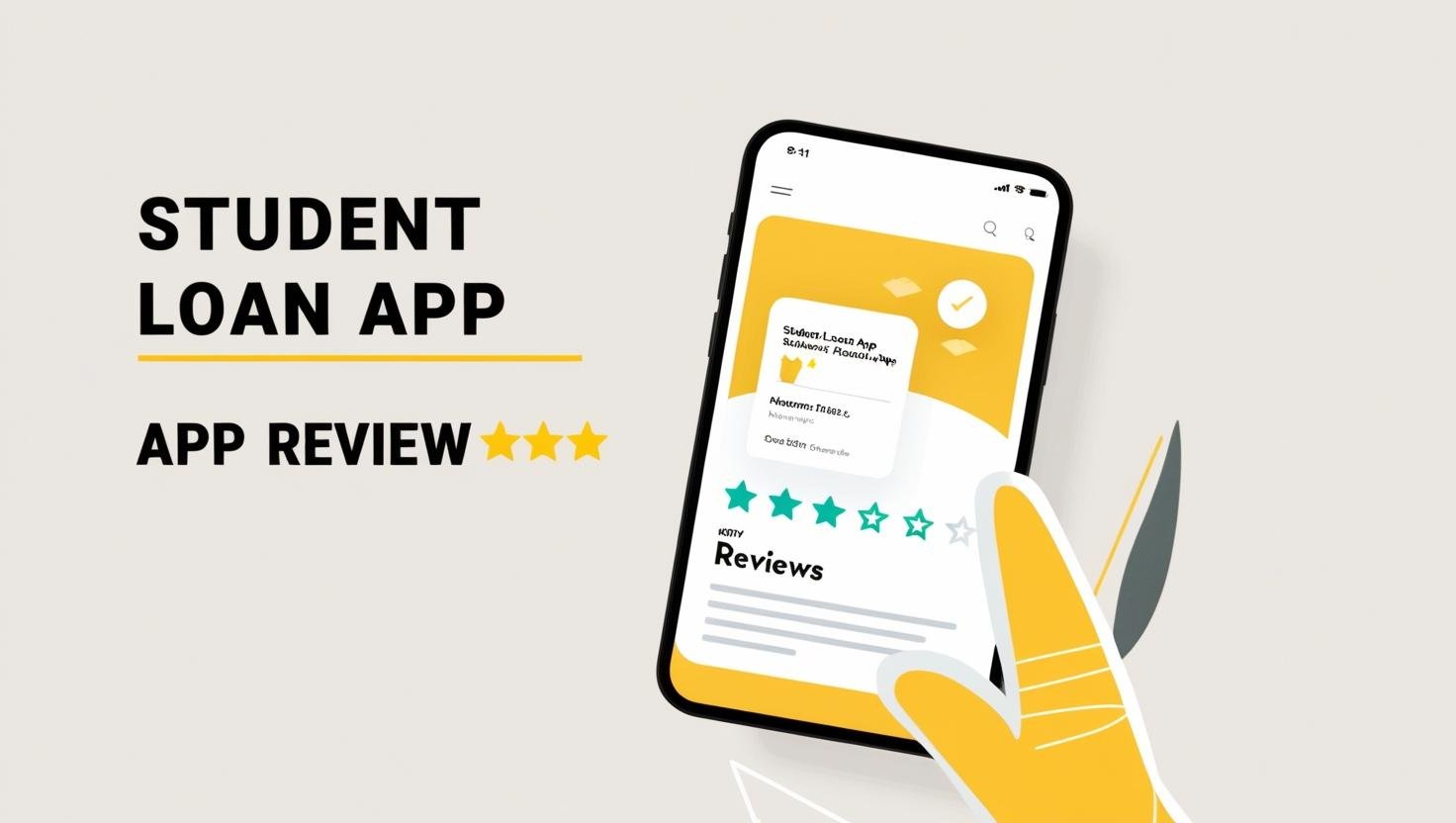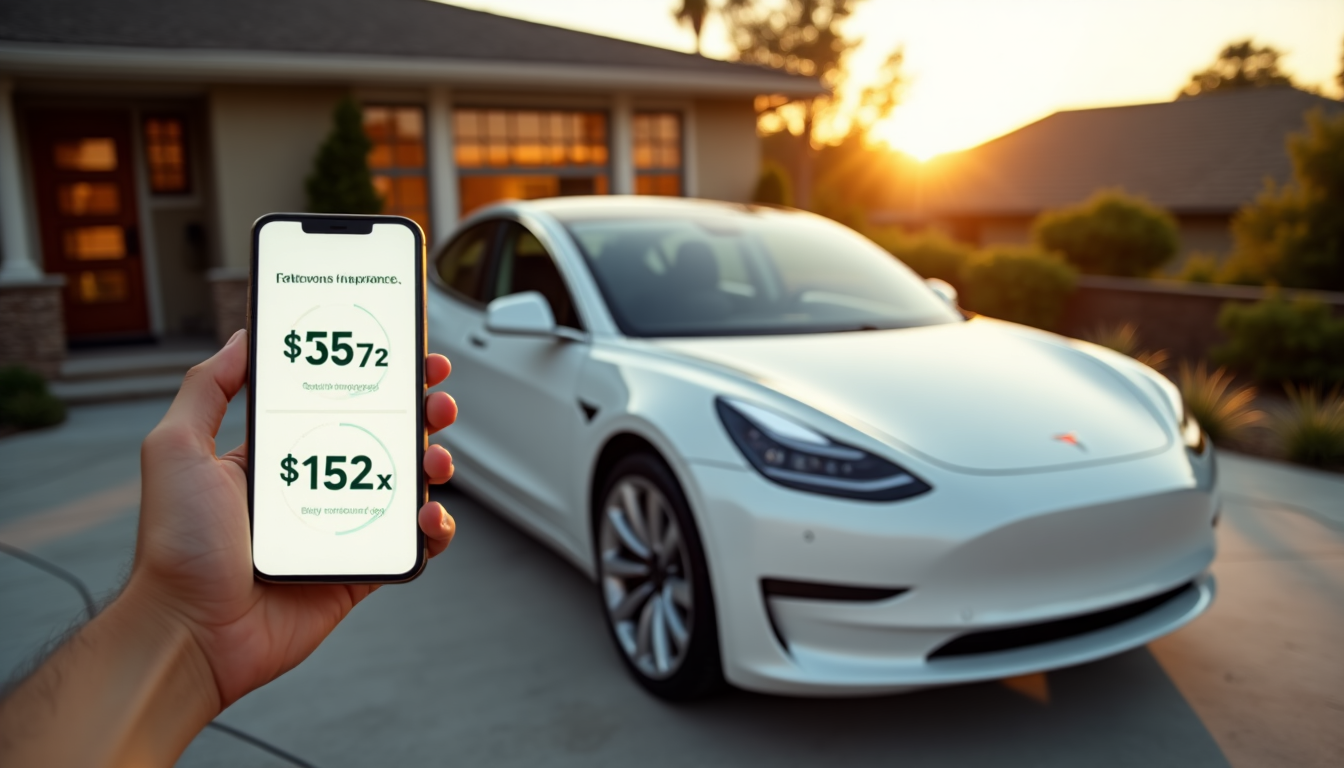Now Reading: Can I Use Indian Credit Card in USA? Here’s What Banks Won’t Tell You
-
01
Can I Use Indian Credit Card in USA? Here’s What Banks Won’t Tell You
Can I Use Indian Credit Card in USA? Here’s What Banks Won’t Tell You
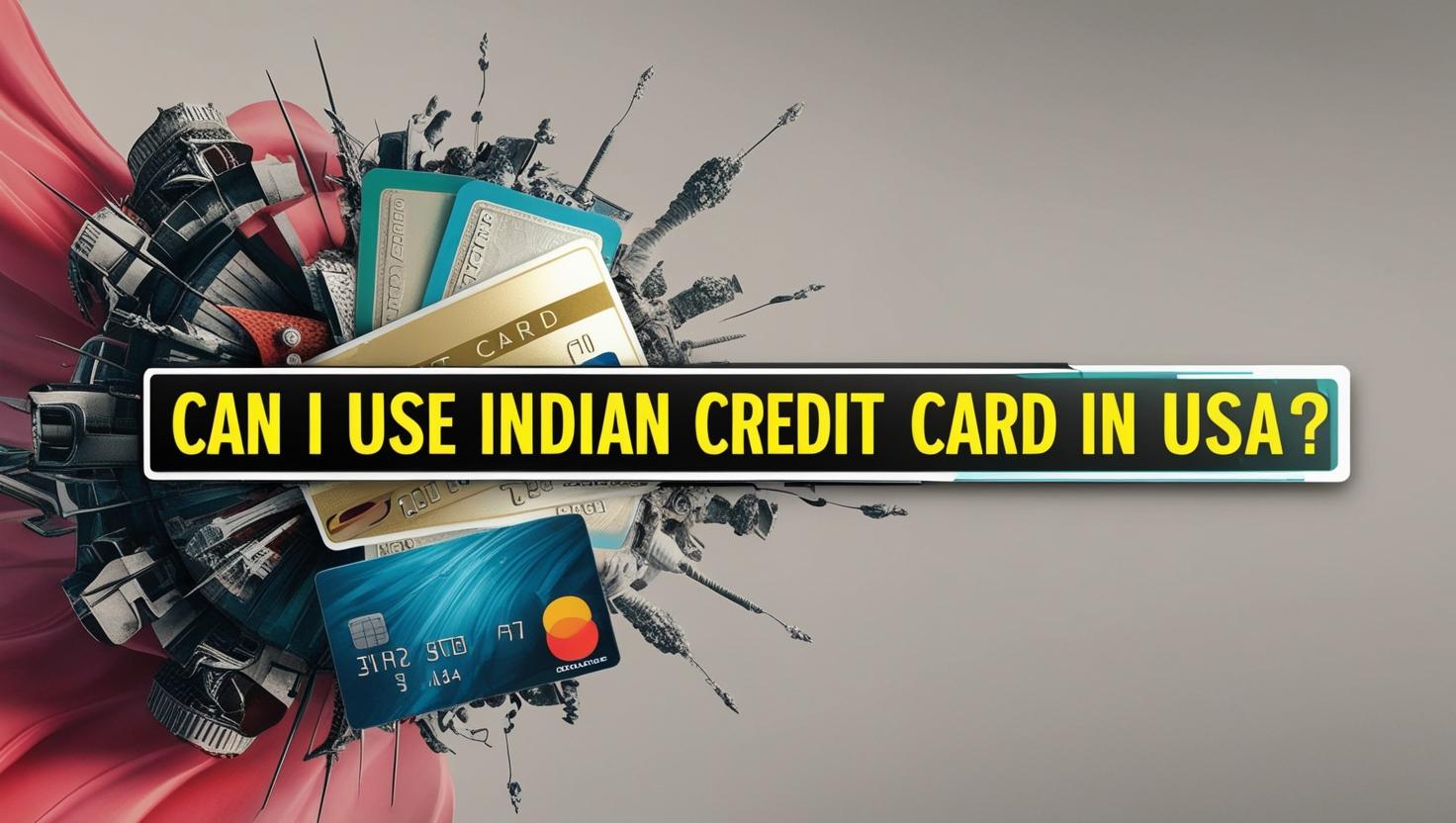
Most cardholders find out about the hidden costs of using their Indian credit cards in the USA when it’s too late. Credit card transactions can hit you with foreign currency conversion fees between 1% to 2%. You’ll also pay extra foreign transaction charges from 2.5% to 3.5%.
The problems go beyond just the fees. The Reserve Bank of India’s strict guidelines don’t allow certain international transactions. Breaking FEMA regulations can cost you penalties up to three times your transaction value. Indian cardholders often face failed transactions because RBI’s mandatory 3D secure authentication system doesn’t work well with US websites.
This complete guide will help you understand the restrictions and hidden charges that come with using credit cards abroad. You’ll also learn budget-friendly ways to handle your international transactions better.
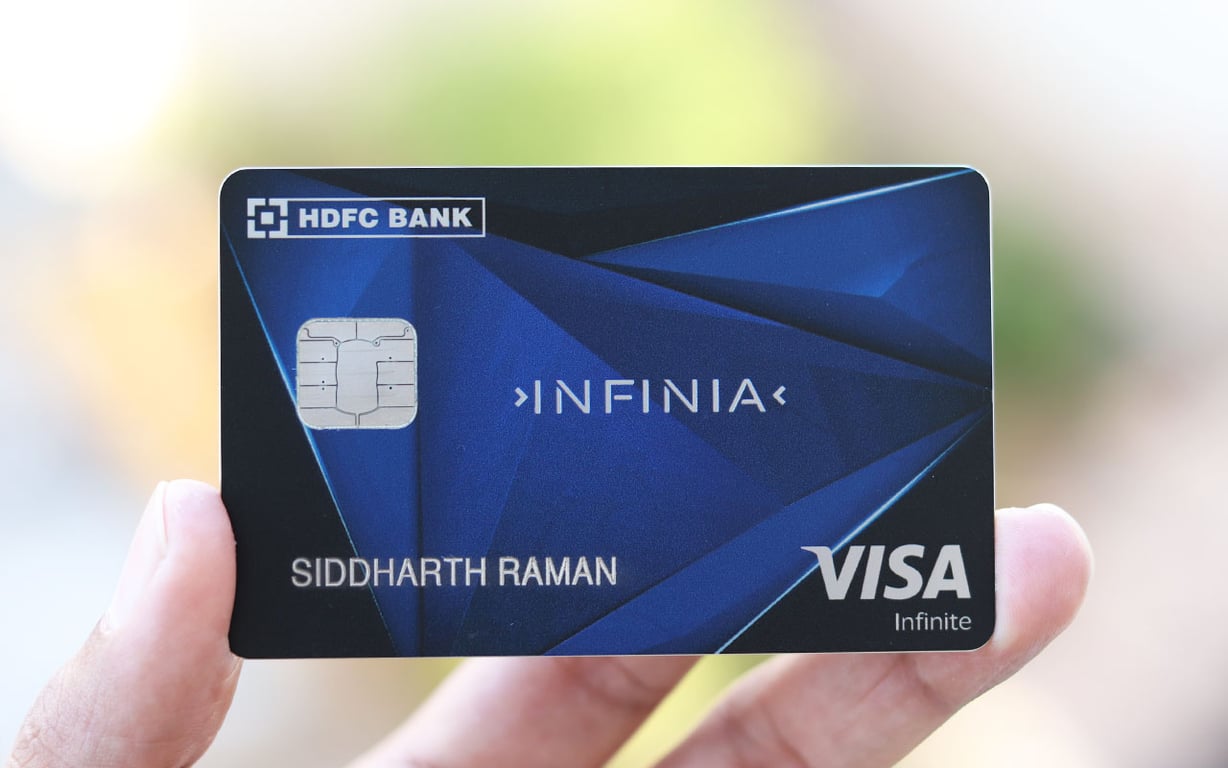
Image Source: Atlys
Why Indian Credit Cards Fail in the USA ?
Indian travelers often face credit card rejections abroad, even with internationally enabled cards. Understanding these mechanisms helps cardholders prepare better for their trips.
RBI and FEMA restrictions on international usage
The Foreign Exchange Management Act (FEMA) sets strict rules for using Indian credit cards overseas. The Reserve Bank of India (RBI) allows international transactions, but some purchases are strictly forbidden. These include lottery tickets, online gambling, banned magazines, and sweepstakes participation. Card blockage or penalties can result from breaking these rules.
The RBI has added international credit card spending to the Liberalized Remittance Scheme (LRS), with a USD 250,000 yearly limit. Since July 2023, these transactions have needed a 20% Tax Collected at Source (TCS), but medical and educational expenses are exempt. This change helps monitor foreign exchange outflows and stops capital flight.
Authentication mismatches with foreign merchants
US websites reject Indian credit cards because of major authentication differences. RBI rules require 3D secure authentication for all online transactions in India, but international merchants don’t always support this standard.
American websites work without the Additional Factor of Authentication (AFA) that Indian cards need. The payment fails when international merchants use 3D Secure 2.0 authentication while Indian banks still use version 1.0. This technology mismatch creates problems for cardholders traveling to the USA.
Tokenization and card data storage issues
RBI’s tokenization rules create another major challenge. Since October 2022, merchants can’t store customer card data directly. A unique token must replace the actual card details.
These tokenization rules apply to domestic transactions only. This creates confusion when Indian cards work with international payment systems. Foreign websites that don’t follow RBI’s card-on-file tokenization rules often reject Indian credit cards, even with international transaction features.
US merchants store payment details across global systems. This practice conflicts with India’s data localization rules. RBI wants Indian financial data stored only in India for “unfettered supervisory access.” This requirement clashes with how international payment networks typically work.
Hidden Charges for Using Credit Card Abroad
Credit card charges can catch Indian travelers off guard during their international trips. Learning about these fees is a great way to get savings on your travels abroad.
Foreign currency conversion fees
Your Indian credit card triggers conversion fees the moment you make a payment abroad. Card networks like MasterCard and Visa charge 1% to 2% to convert currencies. This conversion happens by default since Indian cards maintain rupee balances that need conversion to local currency.
Some stores let you pay in rupees through Dynamic Currency Conversion (DCC) instead of local currency. This might seem helpful, but letting your bank handle the conversion usually costs less.
Foreign transaction and cash advance charges
Extra expenses come from foreign transaction fees that usually range from 1.5% to 3.5% of what you spend. These fees apply to every international transaction, whatever the currency, amount, or payment method.
Taking out cash costs even more. Indian credit card users face these charges at foreign ATMs:
- Regular cash advance fees (same as domestic withdrawals)
- Extra overseas withdrawal charges of 1% to 4%
- Interest that starts adding up right away
Unexpected exchange rate differences
Exchange rate timing creates hidden costs that many people miss. The final rate isn’t set at the time you make a purchase but on the day it settles. Settlement happens when card networks figure out the exchange amount between banks.
Stores often take a day or two to report transactions to card networks, so you might end up with different rates than expected. MasterCard and Visa set these rates a day ahead and use the same rate all day, even if market rates change.
Premium cards might charge lower foreign transaction fees, but they usually cost more in yearly charges.
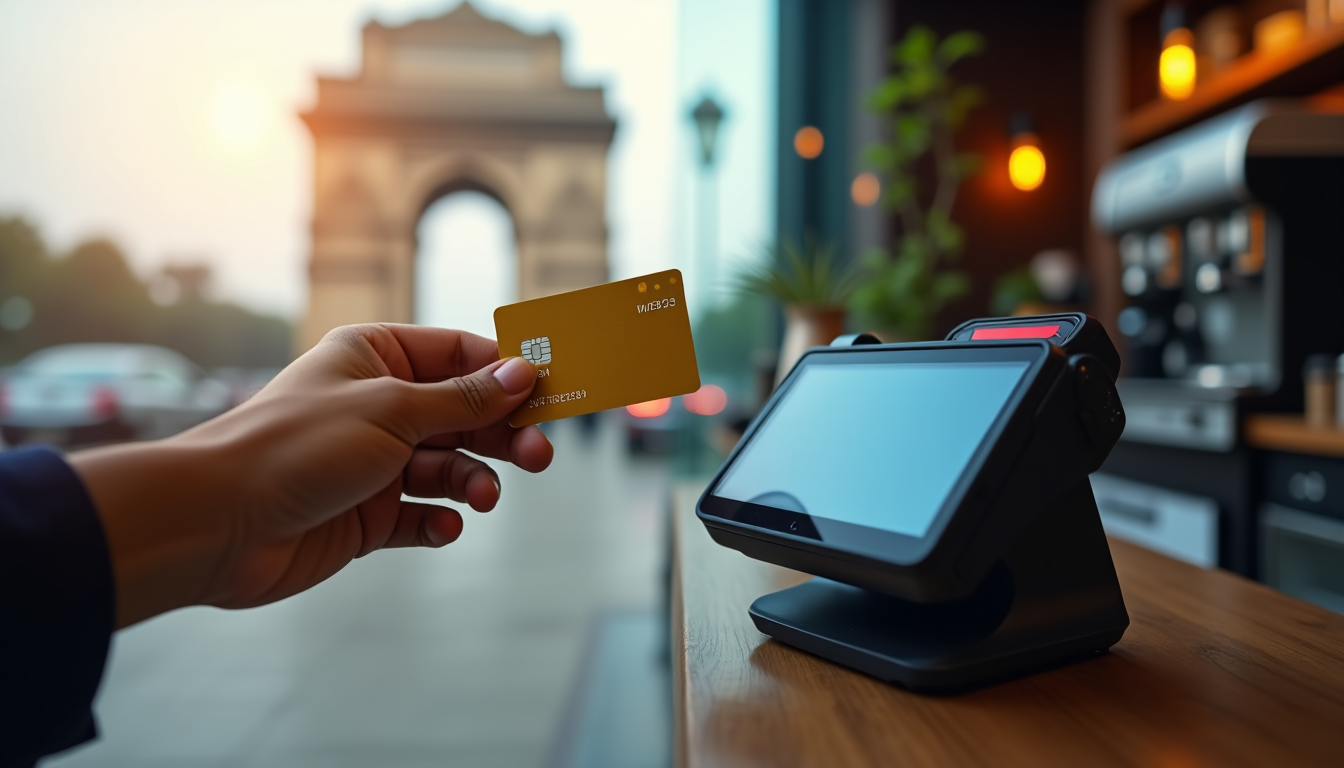
Where Indian Cards Work and Where They Don’t
Indian credit cards work differently on US platforms. Your success depends on the merchant, type of transaction, and your card issuer.
Can I use Indian credit card in Amazon USA?
Amazon USA works with most Indian credit cards that have international transaction features, especially cards from HDFC, ICICI, and SBI. All the same, you might face some limits:
- The biggest problem is the billing address since Amazon US wants a US billing address
- Digital items are easier to buy than physical products that need US shipping addresses
- Your Indian card might not work well for gift card purchases
You can improve your chances by registering your card for international use with your bank. It also helps to start with smaller purchases to build a good payment history with Amazon.
Can I use Indian credit card for Uber in USA?
Indian cardholders have mixed results with Uber in the USA. Here’s what you need to know:
Most Indian credit cards with international features work for Uber rides in the US, but they don’t always go through smoothly. The main issues you might face:
- Your first ride usually needs extra security checks
- Regular charges might fail because of authentication issues
- Sometimes the currency conversion causes problems
The sort of thing I love is that adding your card to Uber while you’re still in India often works better. Rides tend to work more smoothly than Uber Eats orders.
Why some subscriptions and services get declined
Digital subscriptions and services can be tricky with Indian cards. Here’s what happens:
- Services like Netflix and Spotify that charge you regularly often don’t work with Indian cards because their saved card systems clash with RBI’s tokenization rules
- Services that check addresses usually don’t accept Indian cards because US merchants use different address checking systems
- Gaming platforms and app stores might work sometimes, depending on who processes their payments
We found these rejections happen because of tech differences, not because companies don’t want Indian cards. Cards with international chips and tap-to-pay features usually work better in stores than for online subscriptions.
Workarounds and Safer Alternatives
Indian travelers can choose from several payment options when their credit cards don’t work in the USA. These alternatives solve compatibility problems and help save money on transactions.
Using UPI, PayPal, or Netbanking for international payments
Indian travelers can now make payments through UPI International by scanning QR codes at select overseas businesses. Users need to update their settings in apps like PhonePe or Google Pay to use this feature. In spite of that, your bank will charge international transfer fees plus a markup on exchange rates.
PayPal works well for sending money across borders. The setup process with an Indian account starts by connecting your bank account. You’ll need to verify two small deposits between 1.01 and 1.50 INR. The next step involves PAN verification and choosing a purpose code to complete international payments. Your PayPal funds move to your linked bank account each day automatically.
Gift cards and carrier billing for app stores
Gift cards make digital purchases simple and straightforward.
- You can buy international app store gift cards from Amazon India
- These digital codes never expire and add money straight to your account
- Your banking details stay private when you use gift cards
Direct Carrier Billing (DCB) lets you add purchases to your phone bill. This payment method reaches three times more consumers than credit cards. It creates a smooth payment experience without exposing your banking information.
The right time to get a US-based credit card
Regular travelers to the US might want to think over getting a US-based card. American Express lets newcomers from certain countries, including India, use their home country credit history for card applications. People without a Social Security Number can use an Individual Taxpayer Identification Number (ITIN) instead.
You could also build credit history by becoming an authorized user on a US resident’s card. Chase and Capital One have special cards for immigrants and international students that need minimal US paperwork.
Conclusion
Indian credit cards can be tricky to use in the USA, but good planning helps you deal with these roadblocks. Your cards might get pricey with foreign transaction fees and currency conversion charges. Authentication problems can also make the whole experience frustrating.
Smart travelers should think about other options like UPI International or PayPal. These methods usually give you better exchange rates and work more smoothly than regular credit cards. Gift cards and carrier billing work great for digital purchases and subscriptions.
People who travel often to the US might want to look into getting a US credit card, especially one made for international users. This helps you avoid most technical issues and lets you build your credit score in the United States. Whatever payment method you choose, knowing these limits and planning ahead will help your money matters run smoothly during your US trip.
FAQs
Q1. Are Indian credit cards accepted everywhere in the USA? Indian credit cards are not universally accepted in the USA. While many major retailers and online platforms like Amazon USA do accept them, there can be issues with certain subscriptions, services, and smaller merchants due to authentication mismatches and regulatory differences.
Q2. What are the main fees associated with using an Indian credit card in the USA?
The primary fees include foreign currency conversion charges (1-2%), foreign transaction fees (1.5-3.5%), and potentially higher cash advance fees for ATM withdrawals. Additionally, there may be unexpected costs due to exchange rate fluctuations between the transaction and settlement dates.
Q3. Can I use my Indian credit card for ride-sharing services like Uber in the USA?
Most internationally enabled Indian credit cards work for Uber rides in the USA. However, users may experience occasional declines, especially for first-time usage or recurring charges. Adding the card to the Uber app while still in India before traveling can improve success rates.
Q4. Are there any alternatives to using Indian credit cards for payments in the USA?
Yes, alternatives include using UPI International for QR code payments at select businesses, PayPal for online transactions, gift cards for digital purchases, and carrier billing for app store purchases. These options can often provide smoother transactions and potentially lower fees.
Q5. What should I do if my Indian credit card is consistently declined in the USA?
If your card is frequently declined, consider registering it with your bank’s international usage service, using alternative payment methods like PayPal or UPI International, or exploring the option of obtaining a US-based credit card, especially if you’re a frequent traveler to the USA.


